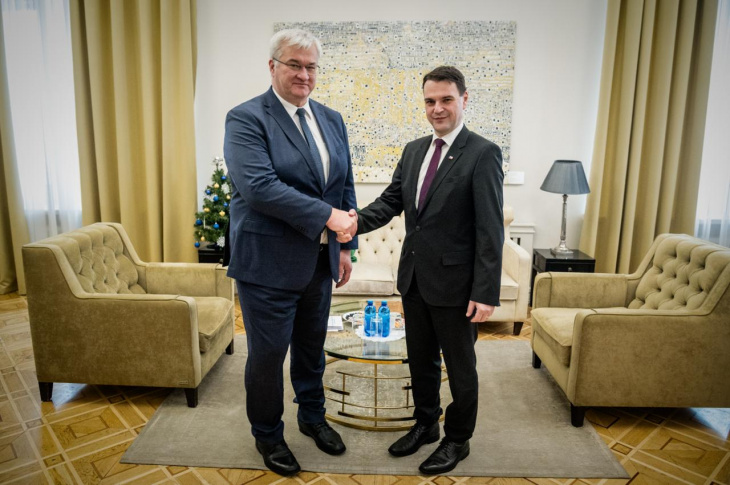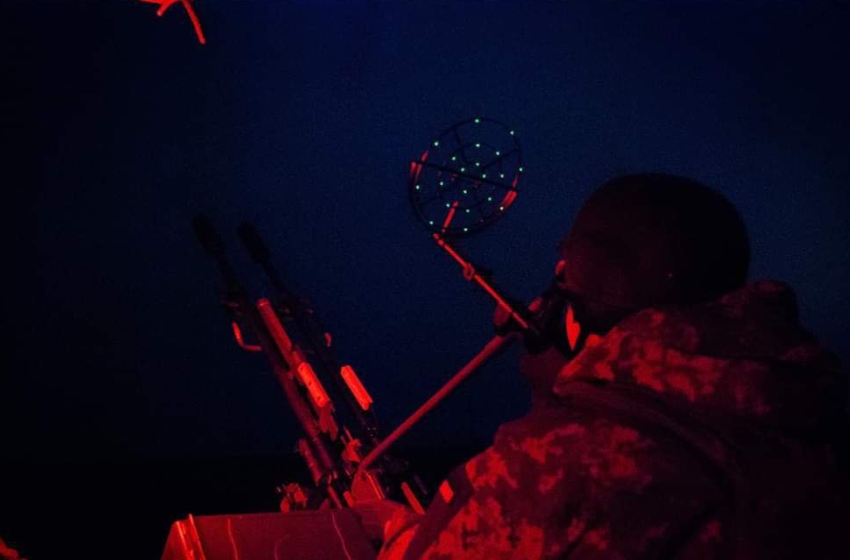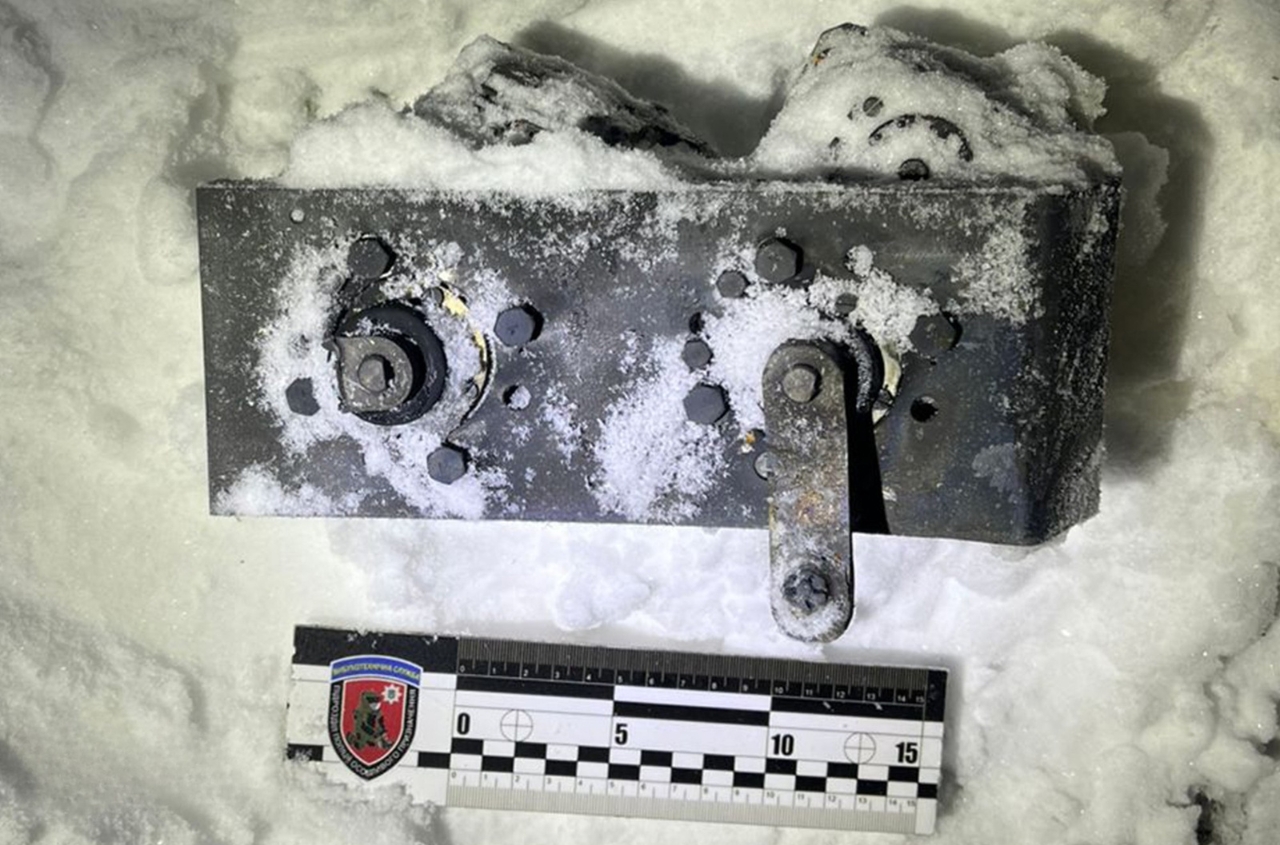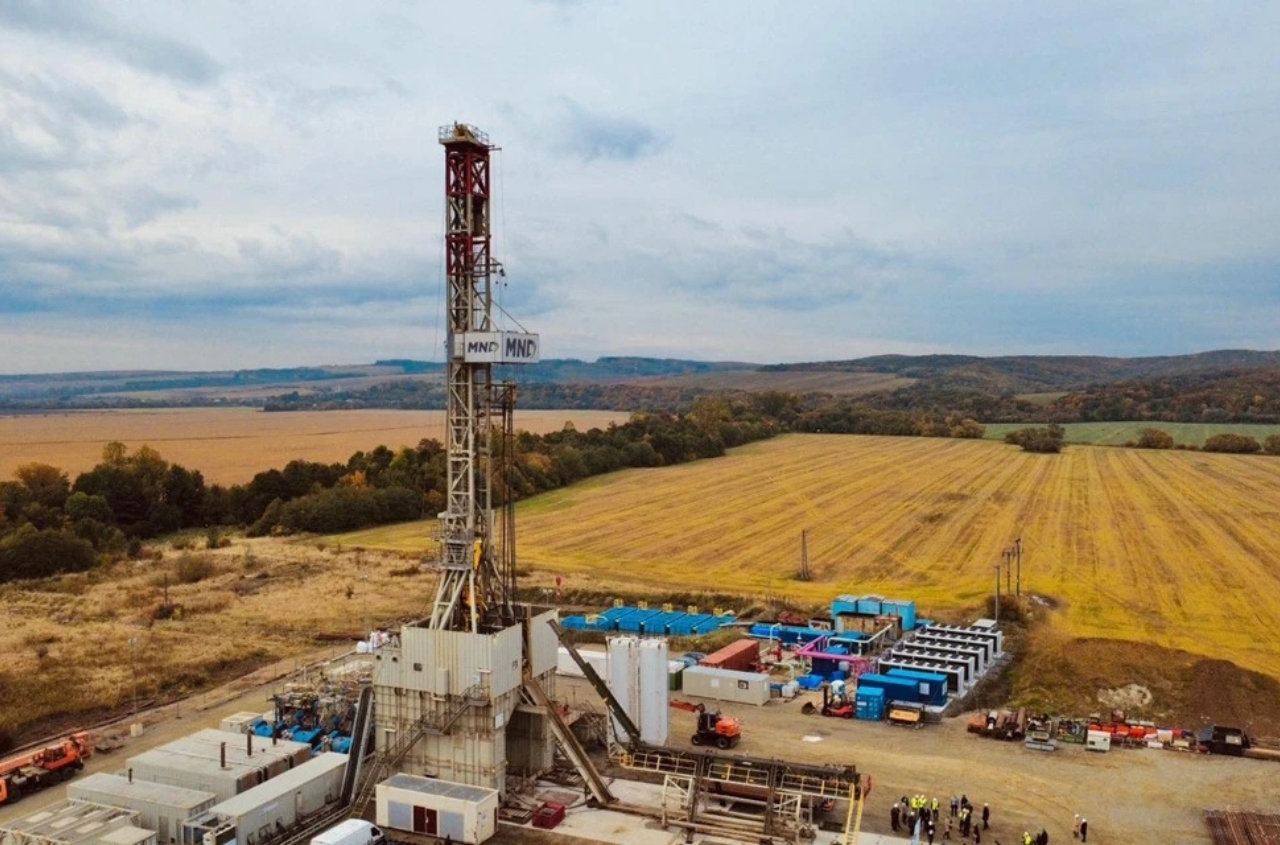Main image: Brave1 head Andriy Hyrtseniuk. (Ukraine Development Innovation Fund)
We have summarized the key topics from a recent interview with The War Zone featuring Andriy Hrytsenyuk, the new head of Ukraine’s defense cluster Brave1, which focused on the accelerated development of air defense systems.
According to Hrytsenyuk, over the past one and a half to two years, a market for private missile manufacturers has been created “from scratch.” While there were no such companies before, now there are “dozens.”
Many of these companies have already moved from the development stage to testing their products at ranges, and in some cases, directly in combat conditions.
Under the Brave1 programme, Ukraine focuses on developing various types of missiles, including surface-to-air missiles. The main goal is to create affordable weapons capable of effectively intercepting Shahed-type drones in any weather, day or night.
Regarding the integration of Ukrainian missiles with Western systems like Patriot or NASAMS, Hrytsenyuk noted that this is technically very complex and expensive.
For this reason, Ukraine mainly focuses on creating its own systems, which may not meet NATO standards but are financially more viable and suitable for mass production.
There is also interest in new launchers. Although Ukraine is actively modernizing old Soviet systems into so-called FrankenSAMs, this is insufficient.
Therefore, new, more modern launchers are being developed using new guidance and control principles, allowing the use of the latest technologies without being constrained by outdated standards.
Special attention is being paid to interceptor drones. Previously, plans were announced to produce 1,000 such drones daily. Hrytsenyuk noted that the market for interceptor drones is currently experiencing rapid growth.
Hrytsenyuk emphasized that Brave1 assists companies by providing grants and funding, but ultimately the market itself determines which products and companies will be most successful.
This approach allows for rapid creation and scaling of production in a context where traditional defense mechanisms respond too slowly to current needs





















